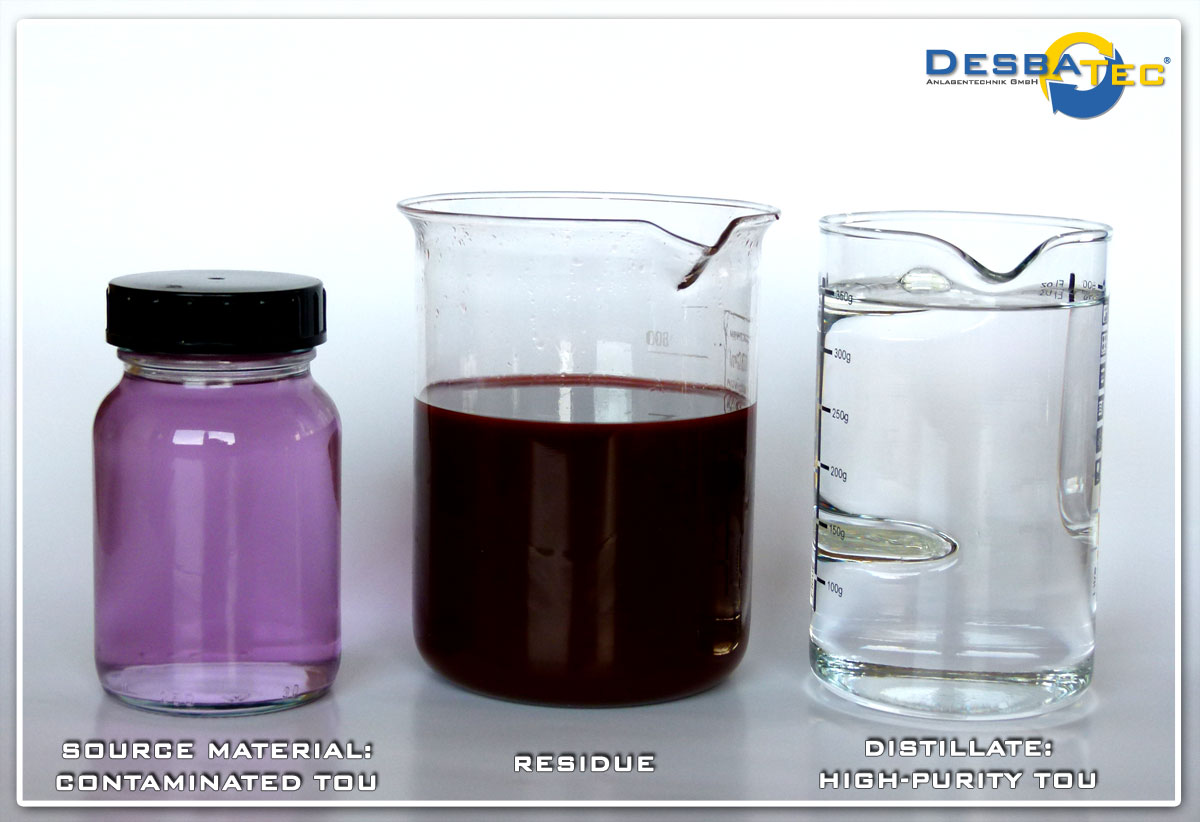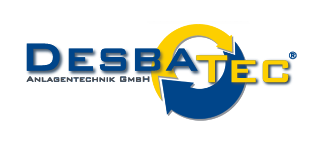From real life: distillation test with tetraoxaundecane
- Published: Monday, 11 August 2014 13:33
- Written by Peter Tomolik
The term "solvent" refers to a variety of substances that above all have one thing in common: they all have the ability to solve or dilute liquids, gases or solids without chemically reacting with them. So broad this definition is, so broad is alos the market and the potential applications of solvents.
Therefore, when it comes to recovering or cleaning contaminated solvents, first these questions arise: Can the solvent be regenerated? If so, to what degree of recovery? Up to which degree can the contaminants be removed and how much is the loss of solvent? How much energy and effort have to be put in the process? What throughput and recovery rates are realistic in the recovery of the solvent?
Meaningful answers to these questions gives especially the practice, i.e. going through the process can provide realistic data how well the mixture can be separated, which ingredients remain in the residue and what degree of purity of the solvent distillate can be achieved.
We therefore offer potential customers the service to perform distilliation tests in advance using the mixtures which shall be treated. Based on our years of experience with numerous customer applications we define a suitable parameter setup for the mixture which then is being optimized in multiple test passes.
After completion of the distillation experiment in our inhouse pilot plant stations, our customer receives the experiment report as well as the distillate products.
Thus, they are capable of verifying the results our plants deliver with their own experts and to satisfy themselves of the abover-average quality.
A visually very compelling example is shown here:

On behalf of a customer, we conducted a recycling test with tetraoxaundecane. The contaminated TOU orginates from a production process of the optical industry.
After distillation in our experimental system the result is about 95% recovered, high-purity TOU and about 5% of contaminated distillation residue.
According to customer requirements recovery rate of 95% and more can be achieved. This also means, conversely, only a maximum of 5% or less of the solvent used has to be disposed as contaminated solvents.
This saves cost of procurement of fresh solvent, disposal costs, protects the environment and increases the efficiency of your cleaning systems.

 DE
DE
 EN
EN